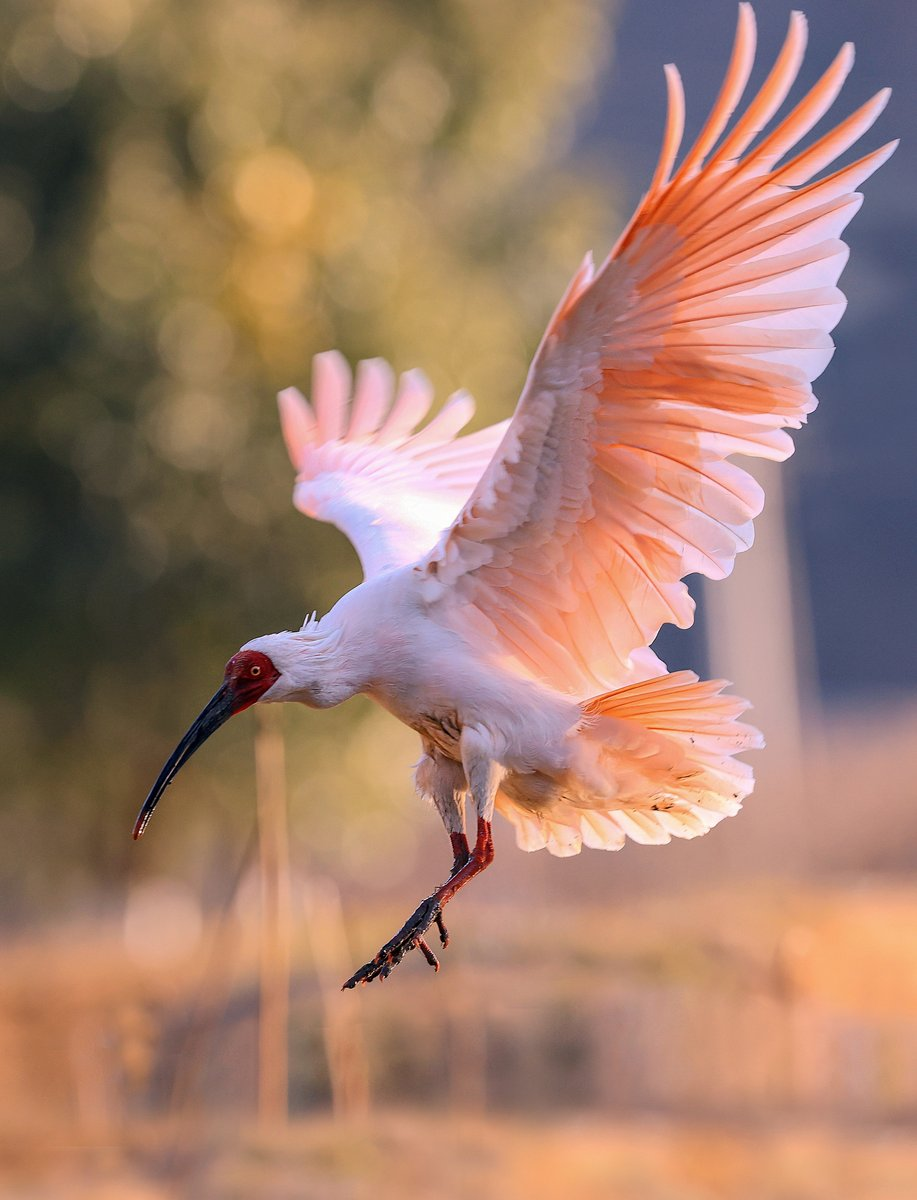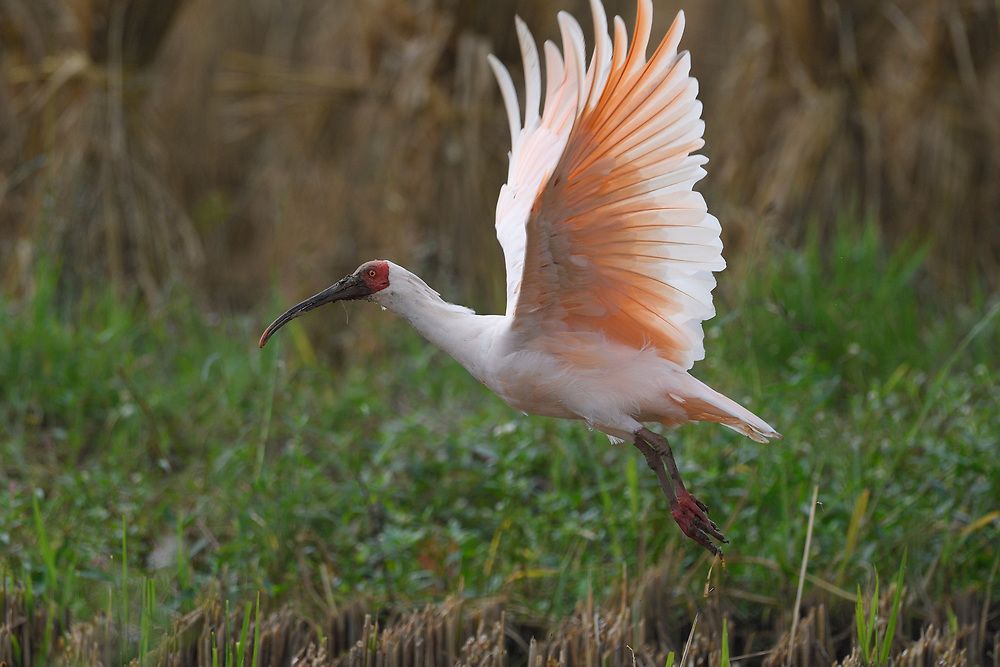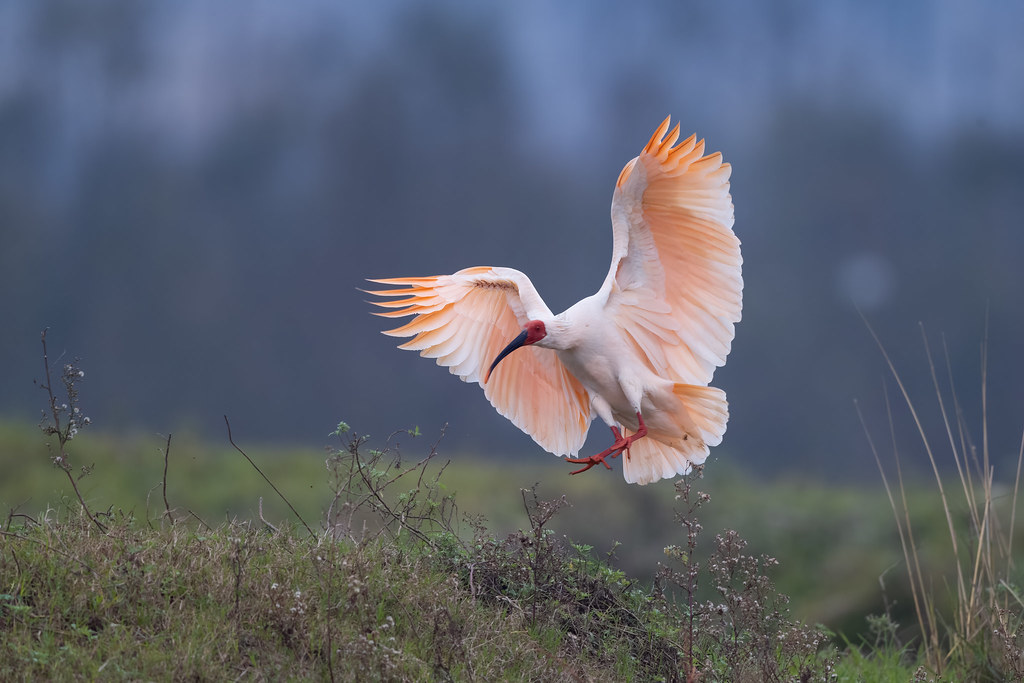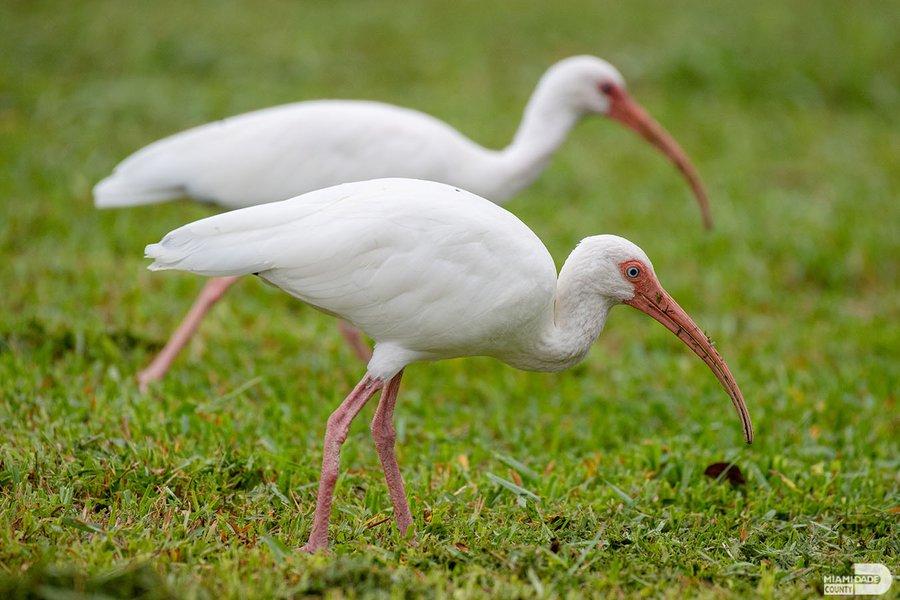The crested ibis, also known as toki, is a notable bird native to eastern Asia. Once endangered, this spectacular bird species has made an extraordinary comeback thanks to conservation efforts led by China, Japan and South Korea.

The crested ibιs is a species of gɾande bird that measures approximately 75 cm in height and has a wingspan of up to 130 cm. This bird has a distinctive appearance, with predominantly white plumage, black primary feathers, a red facial coloration, and a large cluster of delicate feathers atop its head.

The crested ibise has been highly valued in Asian culture since history and frequently appears in traditional art and literature. However, in the 20th century, this community faced serious problems, such as habitat loss, pollution and the use of pesticides, which caused a rapid reduction in its population.

Efforts have been made to preserve the crested ibιs for many years, with dedicated people working tirelessly to ensure its survival. In the 1980s, a Chinese conservation program was launched that involved capturing the last remaining birds for breeding in captivity. Thanks to the dedication of conservationists and researchers, the Cɾested Ibis population has steadily increased over the years. The species has also been successfully reintroduced into several natural habitats.

Several initiatives have been implemented to protect the habitat and diet of the crested ibis, in addition to captive breeding and reintroduction. These efforts involve rehabilitating wetlands and forests, eliminating invasive species, and establishing protected areas for birds to breed and feed.

Engaging and educating the local community plays an important role in state ibis conservation. Communities living near the birds’ natural habitat actively participate in conservation initiatives while learning about the importance of preserving the species and their environment. This not only helps safeguard the crested ibis but also has a positive impact on the local population and its environment.





